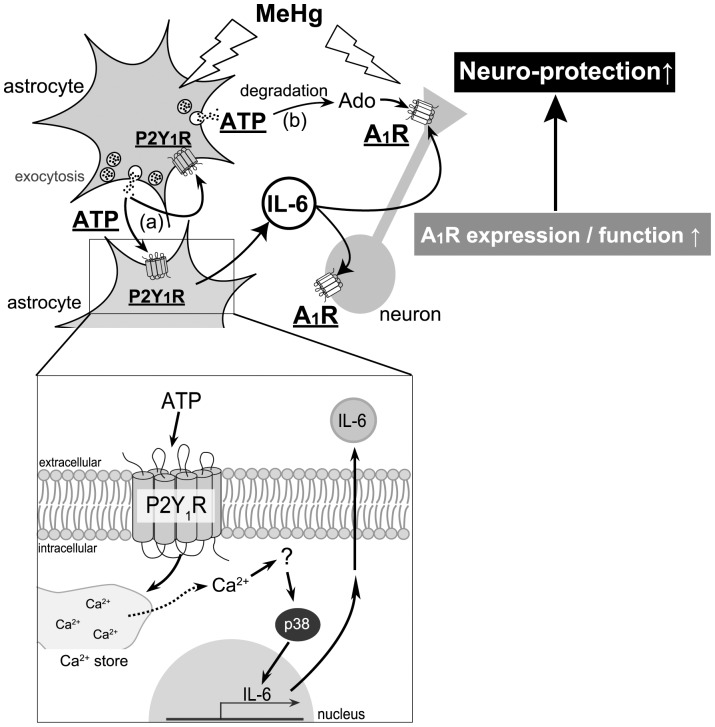Figure 7. A schematic diagram, illustrating mechanisms underlying astrocyte-mediated neuro-protection against MeHg.
MeHg stimulates exocytosis of astrocytic ATP that functions as both (a) autocrine and (b) paracrine signals to reveal neuro-protection, i.e., (a) the released ATP as an autocrine signal, autostimulates P2Y1 receptors to induce IL-6 that upregulates neuronal adenosine A1 receptors, (b) the released ATP from astrocytes being degraded into adenosine, stimulates neuronal adenosine A1 receptors and suppresses neuronal excitability as a paracrine signal, thereby leading to further inhibition of neuronal excitability. As for mechanisms for IL-6 synthesis and release, an increase in [Ca2+]i in astrocytes mediated by P2Y1 receptors, and subsequent p38 phosphorylation were involved (insert).

